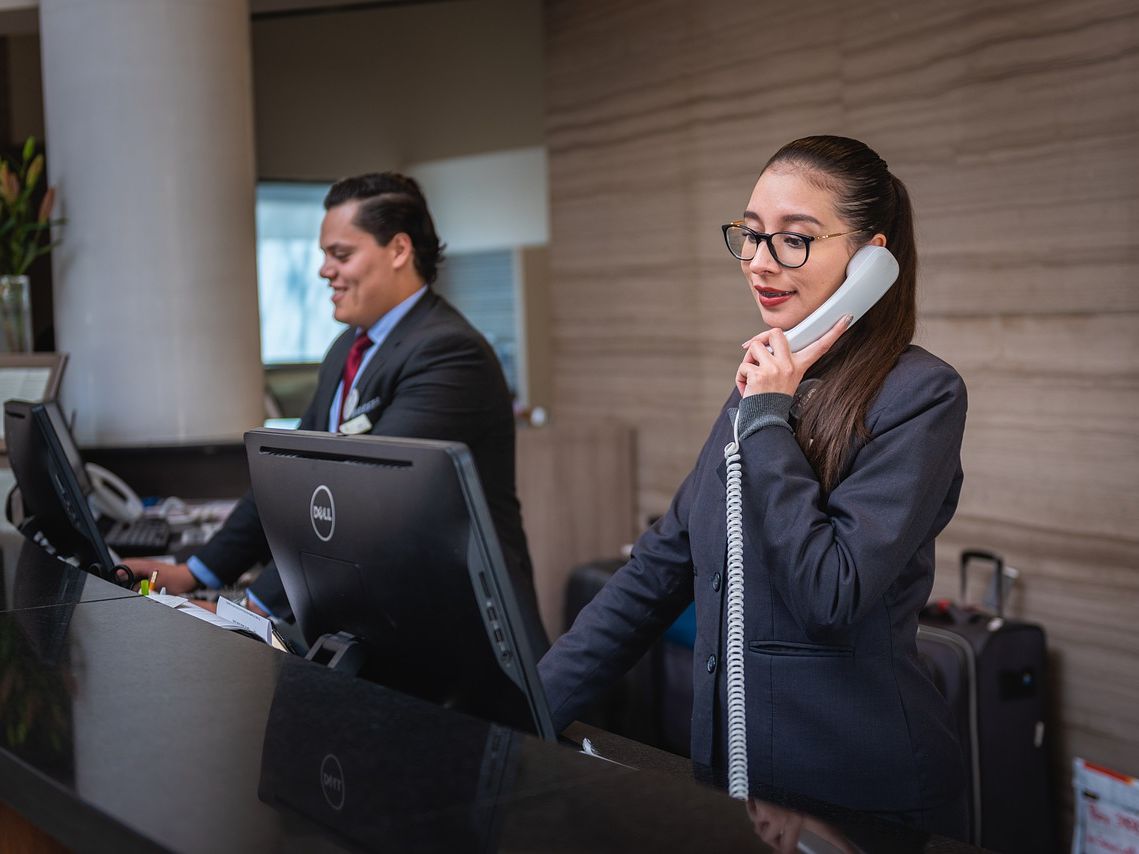The upheavals of the last few years have impacted the hospitality sector more than most other industries. Travel and tourism, which took a huge hit during the pandemic, have since recovered and dipped based on fluctuating traveler sentiment and economic uncertainties.
In this complex economic climate, revenue maximization has never been more critical for sustained profitability. For hotels, occupancy maximization is a key pillar of high revenue, and hotels catering to large groups are increasingly turning to advanced AI and operation research-led analytics to keep their rooms occupied by the highest-paying customers around the year.
Industry veterans know that this pursuit is a constant balancing act between group and transient individual bookings. Group bookings today may contribute up to 50% of a hotel’s revenue, yet they present unique challenges when being managed alongside transient bookings. The latter means a higher per-room rate, while the former is a mainstay during low-demand periods, and they boost meeting space and F&B utilization as well. The operations research analytics leveraged by many hotel groups help managers and front desk staff make these tradeoffs more accurately through automated displacement analysis.
What is displacement analysis? It measures the potential revenue lost from other streams when accepting group offers, making it a critical factor in the daily decision-making around group vs. transient bookings, known in regular business parlance as ‘opportunity cost.’ By examining some real-life booking office scenarios, let us explore what a modern analytics solution that offers displacement analysis can deliver for occupation and revenue maximization.
Reliable displacement analysis boosts user-agnostic enhanced decision-making
During high-demand seasons, hotel manager may often face a time-sensitive, challenging decision: should they accept a group of 20 customers for one night at $200 per night or reserve their remaining inventory for potentially higher-paying transient customers?
Accepting the group offer may seem the right thing to do. However, an automated analytics solution that taps into historical data might predict a high level of demand from individual customers for the same window of time, paying a higher price per night. Such a tool can be beneficial, ensuring that even less experienced employees’ decision-making is always at the same level of accuracy as their experienced counterparts in maximizing total revenue per available room (TRevPAR).
Harnessing price dynamics for occupancy maximization
In addition to historical demand patterns, another key factor that influences occupancy maximization is price. Your solution may be using sophisticated algorithms to offer booking recommendations during a specific window of time; but is it incorporating the role of pricing? Some groups may turn down your booking offer if they get a better price elsewhere. But making your pricing competitive should not hurt profitability either. In other words, does your displacement analysis account for the dynamic nature of price elasticity?
Statistical methods can quantify this risk factor. With sufficient historical booking data and competitor stats, models like logistic regression can be used to estimate the customer’s acceptance rate for a given price. This can be represented as “acceptance_rate(r),” providing a “price curve” of acceptance probabilities over all negotiable prices.
The challenges of data and model quality
These automated analytics solutions rely heavily on data, which are processed through advanced models. Large hotel groups are likely to have digitized large volumes of data to flow through their ecosystem. However, some new challenges arise if you want to ensure that your analytics solution for occupancy and revenue maximization is granular and robust enough. The data pipelines for the solution have to pull, standardize, and clean data from unconventional and new sources that may not be part of the existing datasets.
This can include:
- Handling inquiries and conversations from channels other than the website and app, such as social media and aggregators, and discerning patterns in these data streams
- Including data about function space availability, F&B demand, local events, and other related areas in the displacement analysis
- Integrating loyalty analytics to incentivize returning group bookings
- Dynamically updating ecosystem data such as competitor information and changes in holiday seasons and tourism trends.
The leadership of the revenue management and booking teams also has to focus on the quality of the models used. How does one continuously improve the models to account for complexities such as length of stay and the loss component when transient bookings are upgraded to accommodate group bookings? How does one establish the degree of interdependence of the occupation maximization models with other models along the value chain, such as inventory management or F&B demand forecasting? How accurate are the forecasting algorithms? What are the evaluation frameworks that ensure the robustness of the models for ethical decision-making, the ability to onboard new variables, and so on? These questions will increasingly dominate conversations as the hospitality sector turns to reliable analytics automation for booking decisions and other operational applications.
Opinions expressed by SmartBrief contributors are their own.
Read more from SmartBrief:
- Do you know who I am without my status?
- Capturing loyalty from new generations of travelers
- Q&A: How AI is impacting the travel experience
- How to serve client, supplier and stakeholder stakeholder travelers
_______________________
If you enjoyed this content, you can sign up for Hotel & Lodging SmartBrief, SmartBrief for the Business Traveler and SmartBrief for the Travel Professional to get travel news and trends in your inbox.
